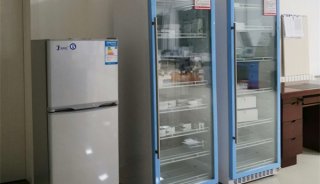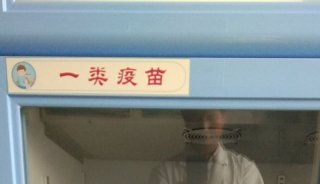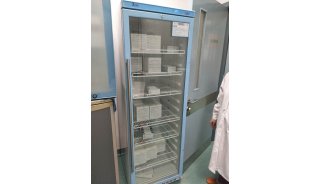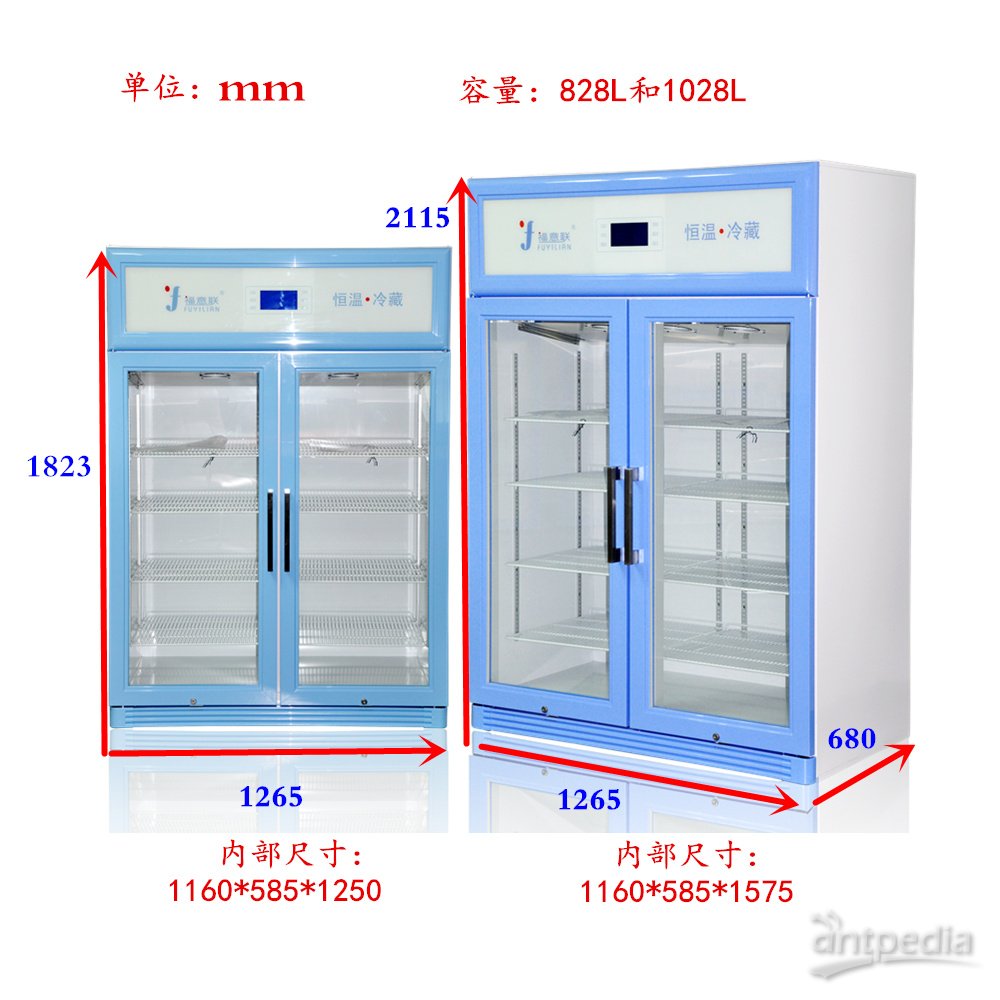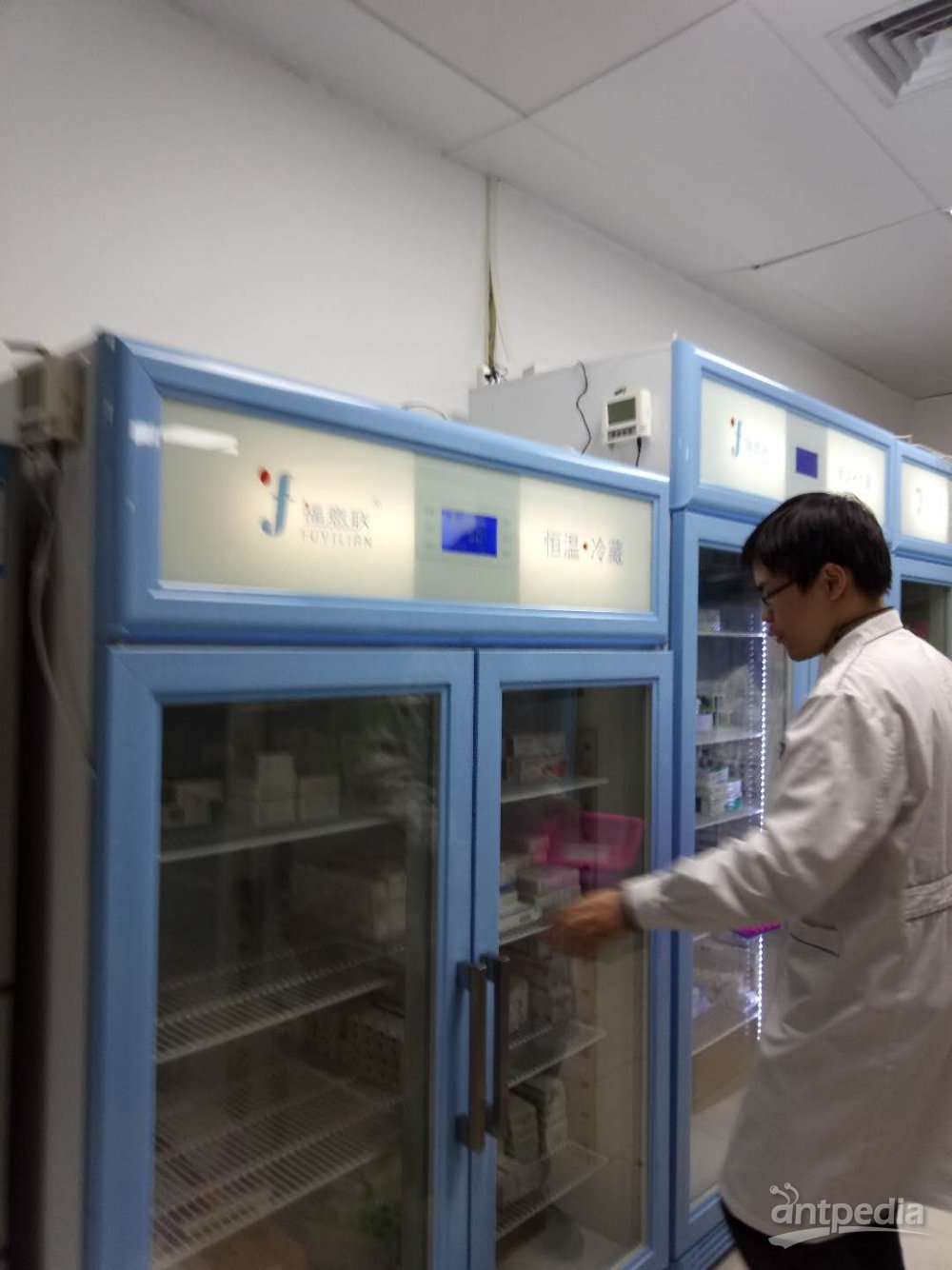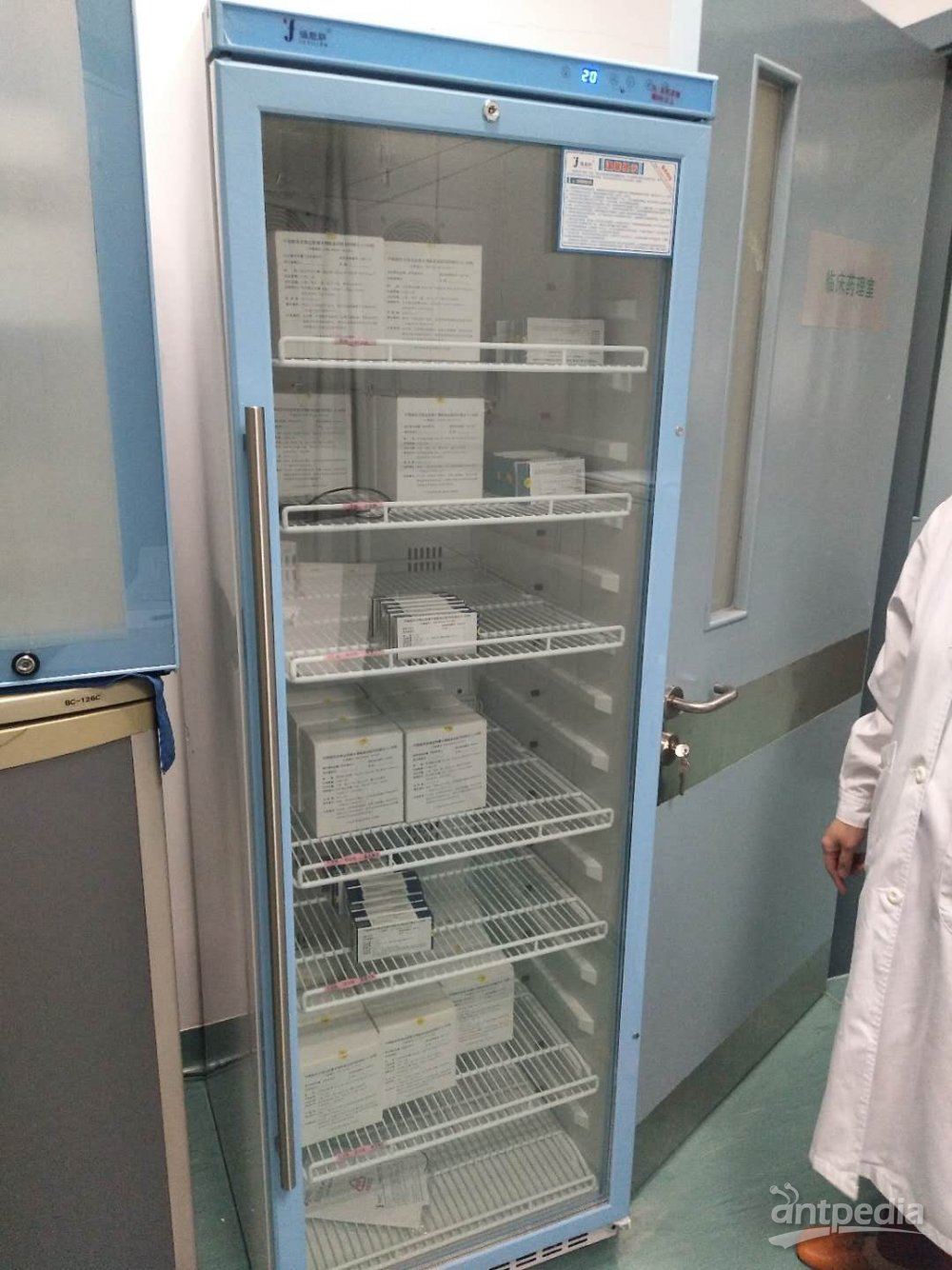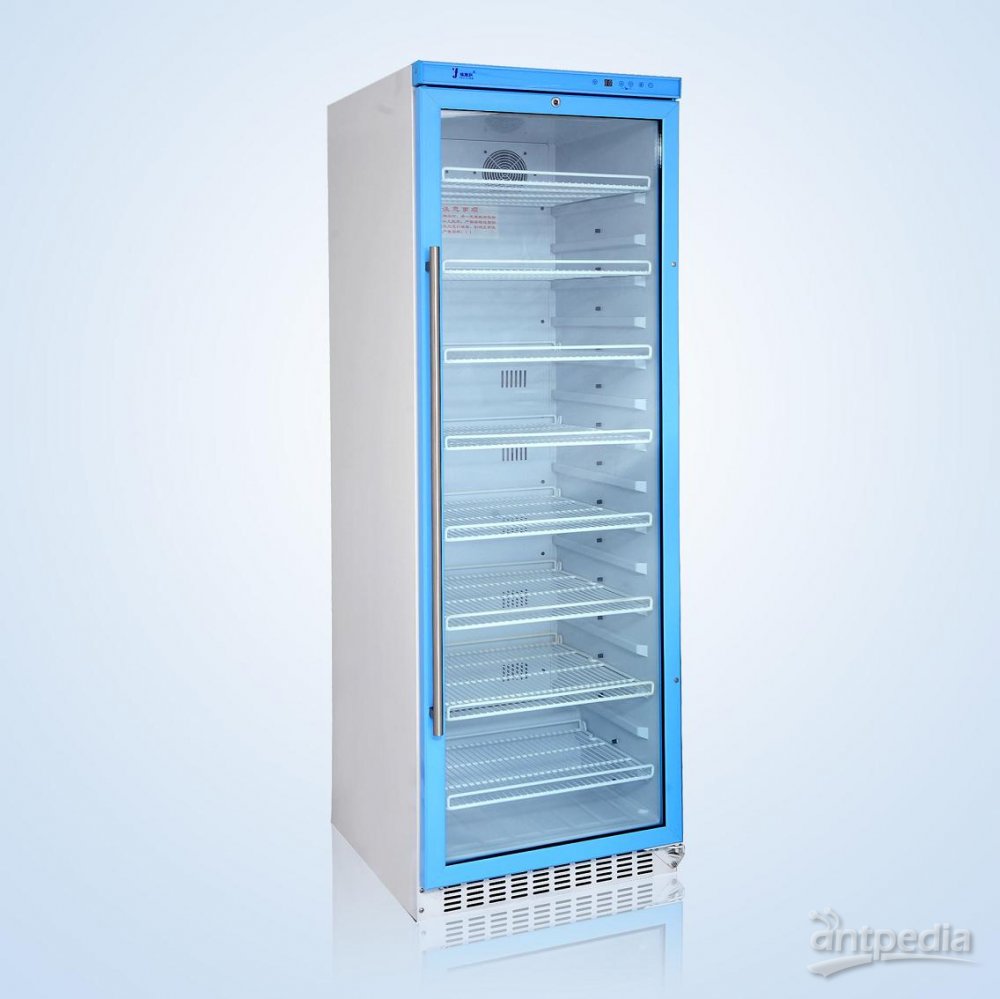《干细胞》:人类骨髓干细胞新发现
来自杜兰大学(Tulane University)健康科学中心,台湾荣民总医院(Veterans General Hospital-Taipei),阳明大学等处的研究人员利用缺氧的环境培养人类骨髓间叶性干细胞,取得了突破性的研究成果。这一研究成果公布在最新一期的国际干细胞权威期刊《干细胞》上。
原文检索:
Stem Cells Vol. 25 No. 9 September 2007, pp. 2363 -2370
doi:10.1634/stemcells.2006-0686; www.StemCells.com
Angiogenic Effects of Human Multipotent Stromal Cell Conditioned Medium Activate the PI3K-Akt Pathway in Hypoxic Endothelial Cells to Inhibit Apoptosis, Increase Survival, and Stimulate Angiogenesis
[Abstract]
动物实验虽证实移植骨髓间叶细胞可促进人体组织的修复与再生,但却发现其在移植后着床于接受者的比率很低,因此使得这种干细胞移植的治疗效果受到质疑。Shih-Chieh Hung等人发现,缺氧状态下培养的间叶干细胞可增加移植后着床的成功率。在移植前将间叶干细胞放置于百分之一氧气培养四十八小时,移植后着床的细胞数可增加三倍,大大提高了移植的成功率。
Shih-Chieh Hung还发现,间叶干细胞可存活于缺氧状况并继续增殖,但一般的已分化细胞却会因缺氧凋亡。他举血管内皮细胞为例说,间叶干细胞可拯救血管内皮细胞因缺氧所造成的死亡,同时可促进血管内皮细胞形成血管。干细胞会释放生长因子及激素,包括血管内皮增生因子及第六型介白质,这些因子可以经由相关讯息传递路径来抑制血管内皮细胞的凋亡及促进血管新生。
这一研究证实了人类骨髓间叶干细胞可分泌生长因子及激素来促进人体组织的修复与再生。使干细胞的应用将不受限于应用细胞治疗造成着床及分化的机制来促进组织修复,同时也能应用其分泌因子来帮助组织再生。分离纯化干细胞的分泌因子并加以应用,将有助于血管新生,并可用于治疗因血流不足而造成的心肌梗塞、中风及缺血肢体等疾病。
附:
Shih-Chieh Hung, M.D.,Ph.D.
Birth place: Taipei, Taiwan
professor, Institute of Clinical Medicine, School of Medicine, National Yang-Ming University.
Investigator, Stem Cell Laboratory, Department of Medical Research and Education, Veterans General Hospital-Taipei
Visiting Staff, Orthopaedic surgeon, Veterans General Hospital-Taipei
Office Address: Stem Cell Laboratory. Department of Medical Research and Education, Veterans General Hospital-Taipei,
201, Sec. 2, Shih-Pai Road, Taipei, Taiwan
Office Telephone: +886-2-28757557 ext 118
FAX: +886-2-28265164
E-MAIL: hungsc@vghtpe.gov.tw
Education:
Medical School: School of Medicine, National Yang-Ming University, Taipei, Taiwan (1983/9~1990/6)
Internship and Residency: Veterans General Hospital-Taipei (1988/6~2000/6)
Graduate School (Ph.D. degree): Graduate School of Medicine, The University of Tokyo, Japan (National Scholarship) (1993/7~1997/6)
Linsensure:
Licensure: Medicine, Republic of China, 1990
Board Certification: Associate of Surgeon, Republic of China, 1998
Board Certification: Associate of Orthopaedic Surgeon, Republic of China, 1998
Post-Graduate Training:
Residency, Surgical Department, Fan-Lin Veterans Hospital, Hwa-Ling, Taiwan (1990/7~1992/7)
Residency Training: Department of Orthopaedics and Traumatology, Veterans General Hospital-Taipei (1992/7~2000/6)
Research Fellowship: Department of Orthopaedics, School of Medicine, The University of Tokyo (1993/7~1997/6)
Postdoctoral Fellowship: Department of Biochemistry, The University of Tokyo (1996/8~1997/6)
Visiting Investigator: Biomedical Institute, Sinica Academy (2003/1~2003/12)
Visiting Professor: Center for Gene Therapy, Tulane University Health Science Center: Prof. Prockop-DJ (2004/8-2005/7)
Reviewer for SCI papers:
Gene Therapy (2005)
Biochemical Journal (2005)
J Biomedical & Material Research (2006)
Publications
1. SC-Hung: Effects of unloading with motion on articular cartilage- an experimental study in adult rabbits. Degree of Ph.D., The University of Tokyo, 1997.
2. CL-Yu, KL-Chang, SC-Hung, BN-Chiang, SH-Han, SR-Wang: Defective helper T cell function in IgM rheumatoid factor synthesis in patients with ankylosing spondylitis. Scand J Rheumatology 18:43-49, 1989.
3. W-Ou, T-Kurokawa, K-Nakamura, T-Matsushida, R-Murashima, I-Kusaba, H-Okazaki, K-Mamada, R-Shiro, K-Tanaka, M-Takahashi, SC-Hung: Prevention of equinus deformity by brace and physiotherapy during leg lengthening. J Physical Medicine 6:164-167, 1995.
4. H-Okazaki, T-Kurokawa, K-Nakamura, K-Mamada, R-Shiro, K-Tanaka, W-Ou, SC-Hung, R-Murasima, I-Kusaba: Influence of length gain on axial deviation in tibial lengthening by callotasis method. 日本創外固定研究會誌 6:201-202, 1995. (Japanese Journal)
5. SC-Hung, T-kurokawa, K-Nakamura, T-Matsushita, R-Shiro, H-Okazaki: Narrowing of the hip joint space in patients with posttraumatic shortening of the femur. 東日本臨整會誌 7:47-47, 1995. (Japanese Journal)
6. K-Tanaka, T-Kurokawa, K-Nakamura, T-Matsushida, S-Horinaka, I-Kubasa, H-Okazaki, R-Shiro, W-Ou, SC-Hung: Callus formation in femur and tibia during leg lengthening. Acta Orthop Scand 67:158-160, 1996.
7. SC-Hung, T-kurokawa, K-Nakamura, T-Matsushita, R-Shiro, H-Okazaki: Narrowing of the joint space of the hip after traumatic shortening of the femur. J Bone Joint Surg 78B:718-721, 1996. (Corresponding author)
8. SC-Hung, K-Nakamura, T-Matsushita, H-Okazaki, R-Shiro, K-Mamada, K-Tanaka, W-Ou, T-kurokaw: Influence of femoral lengthening on hip joint space in post-traumatic femoral shortening. Acta Orthop Scand 68:541-544, 1997. (Corresponding author)
9. SC-Hung, K-Nakamura, R-Shiro, K-Tanaka, H-Kawahara, T-kurokawa: Effects of continuous distraction on cartilage in a moving joint: an investigation on adult rabbits. J Orthop Research 15:381-390, 1997. (Corresponding author)
10.S-Jinno, SC-Hung, H-Okayama: Cell cycle start from quiesence controlled by tyrosine phosphorylation of Cdk4. Oncogen 18:565-571, 1999.
11.S-Jinno, SC-Hung, H-Yamamoto, J-Lin, A-Nagata, H-Okayam: Oncogenic stumulation recruits cyclin-dependent kinase in the cell cycle start in rat fibroblast. Proc Natl Acad Sci USA 96:13197-13202, 1999.
12.HL-M, SC-Hung, ST-Wang, TH-Chen: The reoperation of failed rotator cuff repairs. J Chin Med Asso 66:96-102, 2003.






